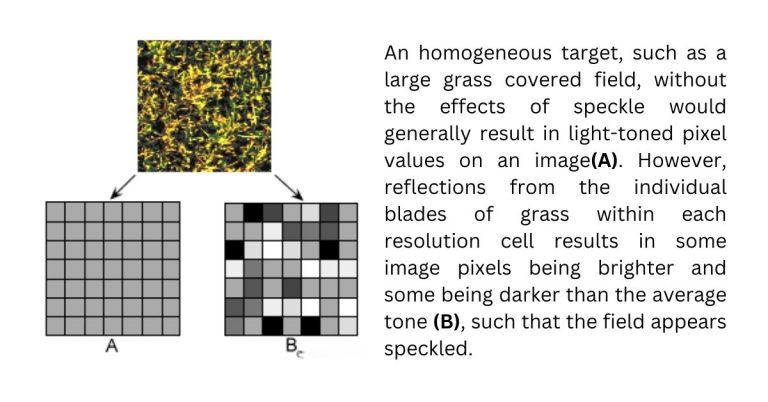Estimated reading time: 6 minutes
For students preparing for competitive exams such as UGC NET, UPSC, RPSC, KVS, NVS, DSSSB, HPSC, HTET, RTET, UPPSC, and BPSC in geography, understanding sunspots and their role in solar activity and Earth’s climate is essential. This topic is a key component of physical geography and climatology, providing insights into how solar phenomena influence weather patterns and long-term climate changes. A thorough grasp of sunspot cycles, their impact on solar radiation, and the uncertainties in sunspot studies will equip you with the knowledge needed to excel in exams and develop a deeper understanding of Earth’s dynamic systems.
Table of contents
Sunspots: Meaning
Sunspots are dark, cooler regions on the photosphere (the visible surface) of the Sun, surrounded by the chromosphere. They form due to periodic disturbances and explosions on the solar surface, which are caused by intense magnetic activity. Sunspots are typically about 500°C cooler than the surrounding chromosphere, which is why they appear darker. The size of a small sunspot can be around 1,600 kilometers in diameter, but larger sunspots can be several times this size. Their lifespan ranges from a few days to a few months, depending on the stability of the magnetic fields that create them.
Each sunspot consists of two main parts: the umbra, a dark center where the magnetic field is strongest, and the penumbra, a lighter surrounding region with a weaker magnetic field. Galileo is credited with being the first to identify sunspots as features of the Sun in the early 17th century, using a telescope to observe these intriguing phenomena.
Sunspot Cycle and Its Impact
The number of sunspots varies in a cyclic pattern, known as the 11-year sunspot cycle. During this cycle, the number of sunspots increases to a maximum (around 100 sunspots visible at one time) and then gradually decreases to a minimum, with only a few or no sunspots visible. The transition from maximum to minimum takes about 5.5 years, completing the full cycle in 11 years. This cycle is driven by the Sun’s magnetic field, which undergoes periodic reversals, influencing solar activity levels.
Sunspots and Solar Radiation
Sunspots are believed to influence the amount of solar radiation received by the Earth. When the number of sunspots increases, the energy radiated from the Sun also increases, leading to a higher amount of insolation (solar energy) reaching the Earth’s surface. This is because sunspots are often accompanied by bright areas called faculae, which emit more radiation than the average solar surface. Conversely, during periods of low sunspot activity, the amount of insolation decreases due to reduced solar radiation. These variations can affect Earth’s climate, potentially contributing to periods of warming or cooling.
Uncertainty in Sunspot Studies
Despite ongoing research, there is still a lack of precise data on the periodicity of sunspots and their direct impact on the Earth’s insolation levels. Sunspot activity also coincides with the intensity of solar wind, making it challenging to determine whether sunspots or solar wind events are primarily responsible for fluctuations in solar radiation. Additionally, the interaction between solar radiation and Earth’s atmosphere adds complexity to understanding the exact influence of sunspots on climate.
Understanding sunspots is crucial for predicting solar activity and its potential effects on Earth’s climate, as changes in solar radiation can influence global weather patterns and long-term climate conditions. Improved monitoring and modeling of sunspot activity can help scientists better anticipate solar variations and their impacts on our planet.
Test Your Knowledge with MCQs
1.What are sunspots?
A) Bright, hot regions on the Sun’s surface
B) Dark, cooler regions on the Sun’s photosphere
C) Areas of intense solar wind
D) Regions with no magnetic activity
2. Who is credited with being the first to identify sunspots as features of the Sun?
A) Isaac Newton
B) Johannes Kepler
C) Galileo Galilei
D) Nicolaus Copernicus
3. What are the two main parts of a sunspot?
A) Core and corona
B) Umbra and penumbra
C) Photosphere and chromosphere
D) Faculae and granules
4. How long does the sunspot cycle typically last?
A) 5 years
B) 7 years
C) 11 years
D) 15 years
5. During the sunspot cycle, what is the maximum number of sunspots that can be visible at one time?
A) Around 50
B) Around 100
C) Around 150
D) Around 200
6. How do sunspots affect the amount of solar radiation received by the Earth?
A) They decrease solar radiation
B) They have no effect on solar radiation
C) They increase solar radiation
D) They block solar radiation completely
7. What is the typical temperature difference between sunspots and the surrounding chromosphere?
A) 100°C cooler
B) 300°C cooler
C) 500°C cooler
D) 700°C cooler
8. What phenomenon is often associated with periods of low sunspot activity?
A) Increased volcanic activity
B) Higher global temperatures
C) The Little Ice Age
D) Increased solar flares
9. What is the primary challenge in studying the impact of sunspots on Earth’s climate?
A) Lack of historical data
B) Difficulty in measuring solar wind
C) Uncertainty in periodicity and direct impact on insolation
D) Variability in Earth’s magnetic field
10. Why is understanding sunspots important for predicting solar activity?
A) They determine the Earth’s magnetic field strength
B) They influence global weather patterns and climate conditions
C) They control the Earth’s rotation speed
D) They affect the Earth’s gravitational pull
Answers:
- B) Dark, cooler regions on the Sun’s photosphere
- C) Galileo Galilei
- B) Umbra and penumbra
- C) 11 years
- B) Around 100
- C) They increase solar radiation
- C) 500°C cooler
- C) The Little Ice Age
- C) Uncertainty in periodicity and direct impact on insolation
- B) They influence global weather patterns and climate conditions
FAQs
Sunspots are dark, cooler regions on the Sun’s photosphere, caused by intense magnetic activity. They appear darker because they are about 500°C cooler than the surrounding chromosphere. The magnetic fields in sunspots inhibit convection, reducing the heat transfer from the Sun’s interior to its surface, resulting in lower temperatures and a darker appearance.
The sunspot cycle, which lasts about 11 years, influences the amount of solar radiation Earth receives. During periods of high sunspot activity, the Sun emits more radiation due to the presence of bright areas called faculae. This increases the insolation reaching Earth. Conversely, during low sunspot activity, solar radiation decreases, potentially affecting Earth’s climate and weather patterns.
A sunspot consists of two main parts: the umbra and the penumbra. The umbra is the dark center where the magnetic field is strongest, and temperatures are lowest. The penumbra surrounds the umbra and is lighter in color, with a weaker magnetic field and slightly higher temperatures. These regions help scientists study the Sun’s magnetic activity and its effects on solar radiation.
Sunspots can influence Earth’s climate by altering the amount of solar radiation that reaches the planet. Increased sunspot activity leads to higher solar radiation, which can cause warming. Conversely, periods of low sunspot activity can result in reduced solar radiation and cooling. Historical periods like the Little Ice Age have been linked to prolonged low sunspot activity, demonstrating their potential impact on global climate.





























